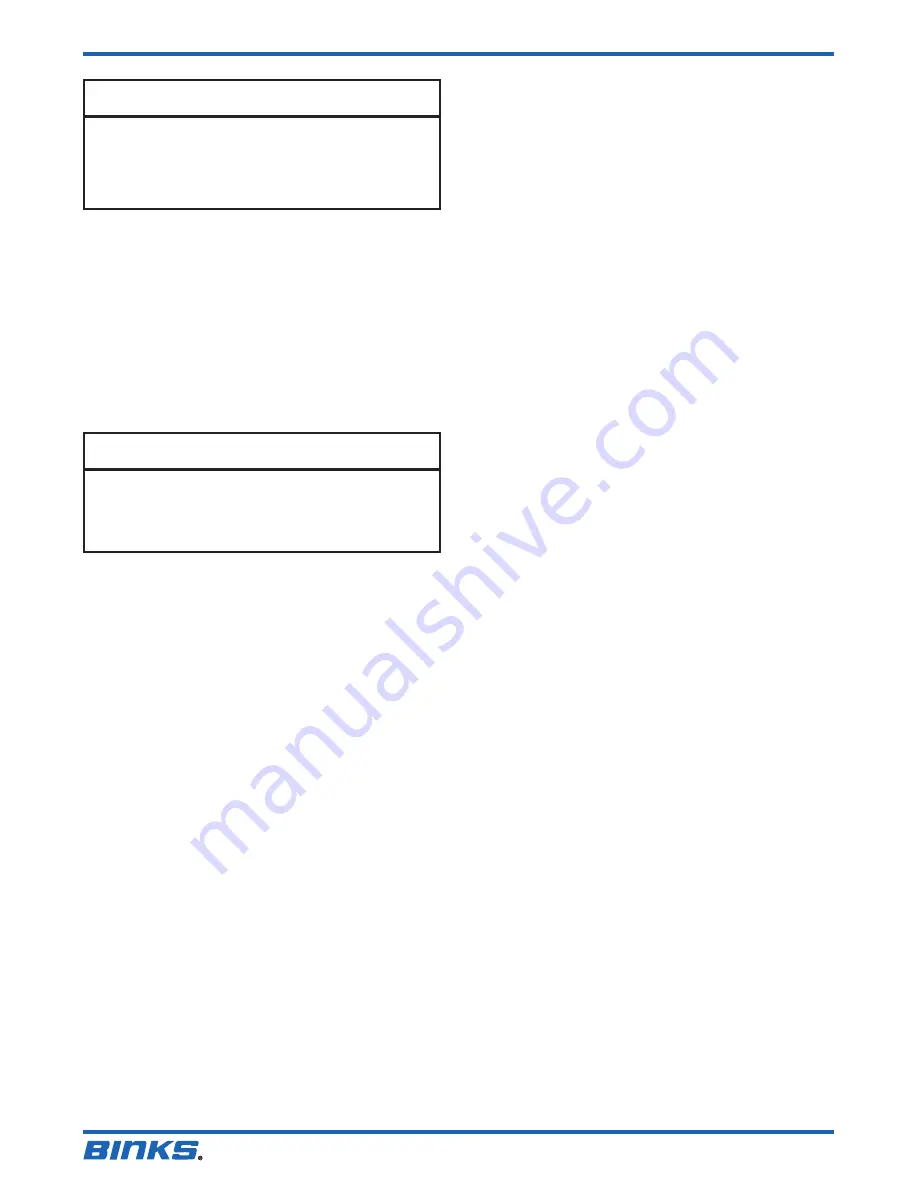
77-1541-R21.3 (11/2015)
4 / 8
EN
When reassembling, dip washer and gasket
in vaseline or clear lubricant, and place on
top of housing and insert preassembled.
NOTE
2. Fluid Control or Nozzle Section (see exploded
drawing, pg. 3)
a. Remove the needle portion of control with
special wrench, or a hex wrench.
b. Remove nut (9) from nozzle portion with larg-
er blade of special wrench.
c. Pick out packing (6) with straightened paper
clip. (Dip in vaseline or clear lubricant when
reassembling.)
If air brush spits moisture, (especially in
humid weather or in an air conditioned
room) a moisture trap is recommended.
NOTE
OPERATION
THINNING FLUIDS
Fluids that may be sprayed with the air brush range
from light, or water-type consistency to heavy, or
enamel-type consistency. It is most desirable that
the fluid be of a viscosity that is sprayable, provides
adequate coverage and yet will not run or sag. To
achieve this, reduction, or thinning of the fluid may
be necessary. When and how to correctly reduce or
thin fluids is a matter of judgement and common
sense.
STRAINING FLUIDS
Since the fluid orifices in the air brush are extremely
small, it is essential that the fluid to be sprayed be
free of foreign particles. It is recommended that flu-
ids be strained through a piece of nylon stocking or
similar mesh cloth before use.
CLEANING
Ninety-five percent of breakdowns in the operation
of the Wren Air Brush are directly due to not keep-
ing the air brush clean at all times, especially after
each use. When using fast-drying fluids, such as lac-
quers, underglazes, etc. which will set up in five to
ten minutes, it may be necessary to clean or
immerse the fluid control end of the air brush in
compatible solvent during intermittent use.


























